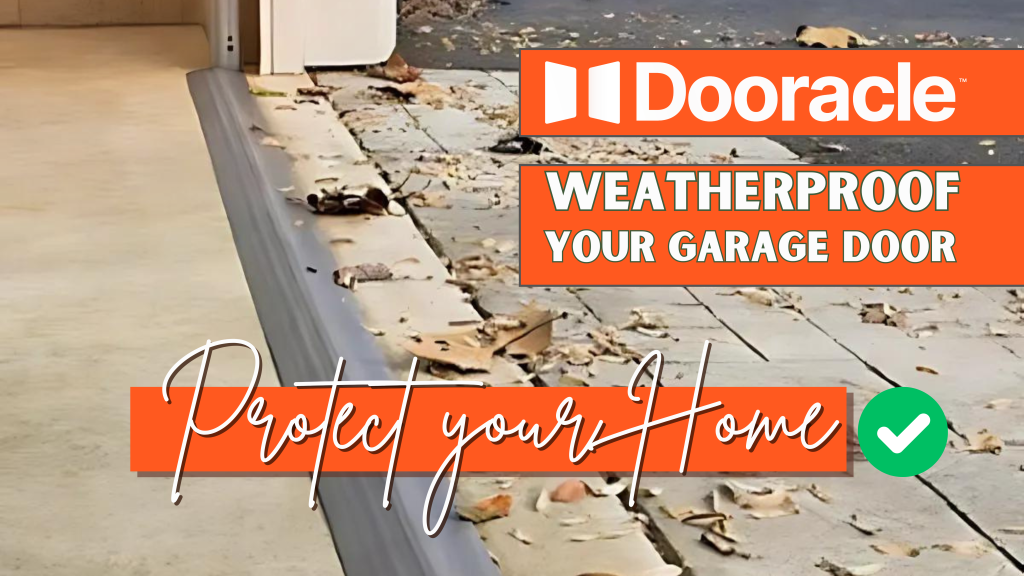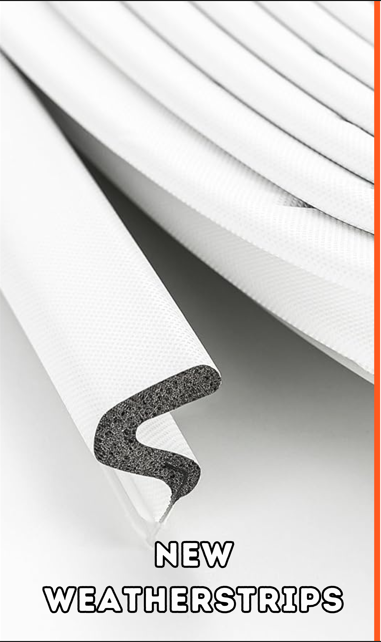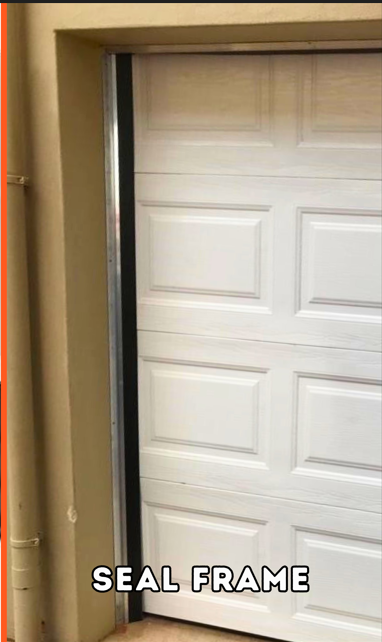The door on your garage is not only an entryway to your home but also a readout for security against the outer elements. Added insulation can improve weatherproofing and keep out drafts, water, etc. Improves energy efficiency The good news is that it can be affordable to weatherproof your home. Preventative Maintenance Solutions you can easily avoid to keep your garage door operating all season long.
At Affordable Garage Door Repair we specialize in solutions that are costeffective to keep your garages as tight. This guide will discuss inexpensive ways to prepare your garage door for any weather and keep the elements out without breaking your budget.


Weather Stripping—simple and effective If you are going for an affordable yet very functional option, this is among the easy ways to weatherproof your garage door by adding or replacing it with some fresh weather stripping. The weather stripping provides a seal from where the door meets the frame to help keep out moisture, cold air, and pests. It can break down, crack, or fail over time and allow drafts to pass through.
Measure your garage door’s width and height to ensure that you get the right size weather stripping.
Evolving with the market, similique sunt in culpa qui officia deserunt mollitia animi, id est.
Once you have removed the damaged or old stripping, take the new weather stripping and run it along the bottom of your door and up each side so that there are no gaps.
Price: Weather stripping can usually be found for around $10-$30, which is a pretty affordable price point for sealing your garage door.
Garage Door Bottom Seal Or Threshold Seal The rubber seal is attached to the bottom of the door and squishes when the door closes in order to make a tight connection against the floor. In addition, this also prevents the rainwater from entering the garage and blocks cold air.
The bottom seal is a simple way to install and is the most used. They slip into the bottom of a metal track under the door and are a very solid barrier.
Brush seals have long bristles that prevent debris and pests out of the way. They are used best with a hard rubber bottom seal.
Price: A new bottom seal is ~ $20 to $50 depending on your garage door type and size.


Seal the frame around the garage door as well, which in addition to weather stripping will assist in preventing drafts and leaks. This can produce cold air and water, and it also encourages pests. Caulking or foaming those holes out helps seal things off to the elements.
The garage door frame is also worth inspecting as there could be gaps in or around it that are significant enough to let cold air in or actual cracks.
Apply exterior-grade caulk or expanding foam sealant to fill in the gaps. Make sure whatever sealant you use is weather-ready for the outdoors.
When you have sealed it, smooth it out well and let it dry perfectly before placing the door back in position.
Cost: A $5 to $15 tube of caulk or foam sealant is a budget-friendly approach to help make sure your garage door is airtight.
When your garage is attached to the house, insulating the door of your garage can help you improve energy efficiency and lower heating and cooling bills. Garage door insulation also helps maintain steady garage temperatures, helping keep your home free of extreme heat in the summer and cold air in the winter. In climates such as Houston, where hot summers give way to cooler winters and a full range of temperatures in between, operating energy use can rise significantly if the wrong energy-efficient strategies are employed.
A garage door threshold seal is a long rubber strip that attaches to the floor of your garage and seals shut once the bottom of your garage door presses against it. That can be particularly helpful if your driveway is sloped toward the garage, which would encourage water to flow inside. In addition, a threshold seal works in concert with bottom seals to improve weatherization
Measure the width of your garage door in inches Purchase a threshold seal that is equal to or wider than your door.
Sweep and clean rinse the garage floor where you will apply your sealing material is clean.
Fasten the threshold backer to a clean floor using an adhesive and press down firmly After you apply the adhesive, wait for it to dry (I know we're being impatient). Next time we close the door.
Price: About $30 to $70 for rubber door thresholds.
To ensure that your garage door never loses its durability, it will also be important to correctly maintain the moving parts. This will help to keep the rollers, hinges, and tracks from rusting or sticking causing them to stop working correctly, and inhibit your door from coming down flush. All of these things need to be in good working order so your garage door properly seals against the elements.
Cost: You can buy a can of silicone-based lubricant in the region of $10 to $20 meaning you get great value for money when it comes to keeping the mechanism running at full capacity.
Cost: You can buy a can of silicone-based lubricant in the region of $10 to $20 meaning you get great value for money when it comes to keeping the mechanism running at full capacity.
Check for chipped lining on your garage door When you observe that the lining of your garage door is peeling or chipped in some areas, it proves that your garage weatherstripping system has become impaired. Water, wind, and debris can get inside through cracks or warped panels and undermine the protection that the overall door is intended to provide. Replacing one or more panels is usually less expensive than replacing the whole door.
Expense: Value for money (£) – panel replacement is typically between £150 to £400 per pane, this can vary depending on the type of material and the amount of damage. A relatively inexpensive means of keeping the weight of your garage door in balance.

For very little money you can add some added protection against the elements and save on your energy consumption by weatherproofing your garage door. Best of all, you can give that garage door a long life without having to break the bank in doing so — with weather stripping, bottom seals, insulation, and well-maintenance moving parts.
Affordable Garage Door Repair offers several budget-friendly weathersealing options to protect your home. If you require new weather stripping, a bottom seal, or insulation, we can assist with that. Get in touch with us, and we can provide you with a free no-obligation quote to weatherproof your garage door easily and inexpensively.